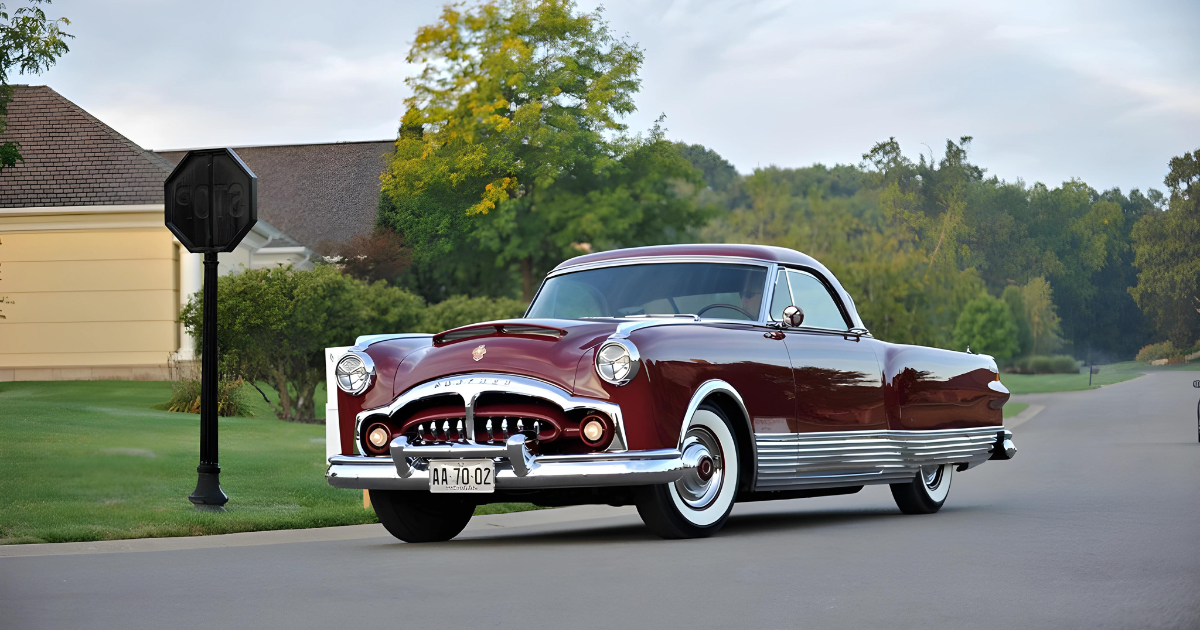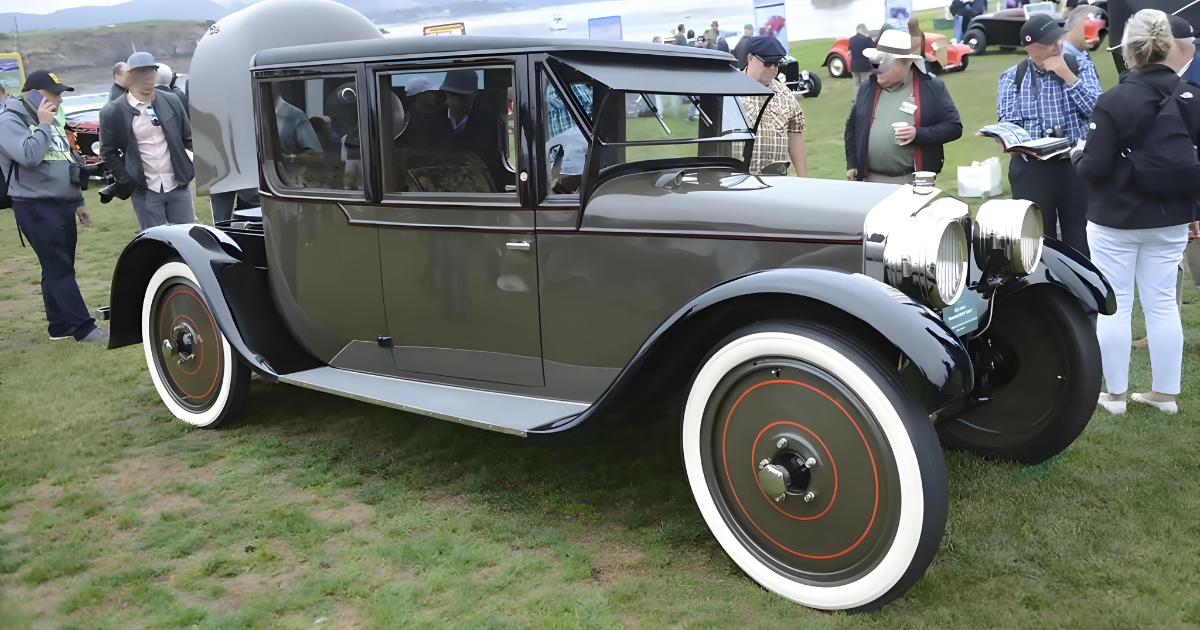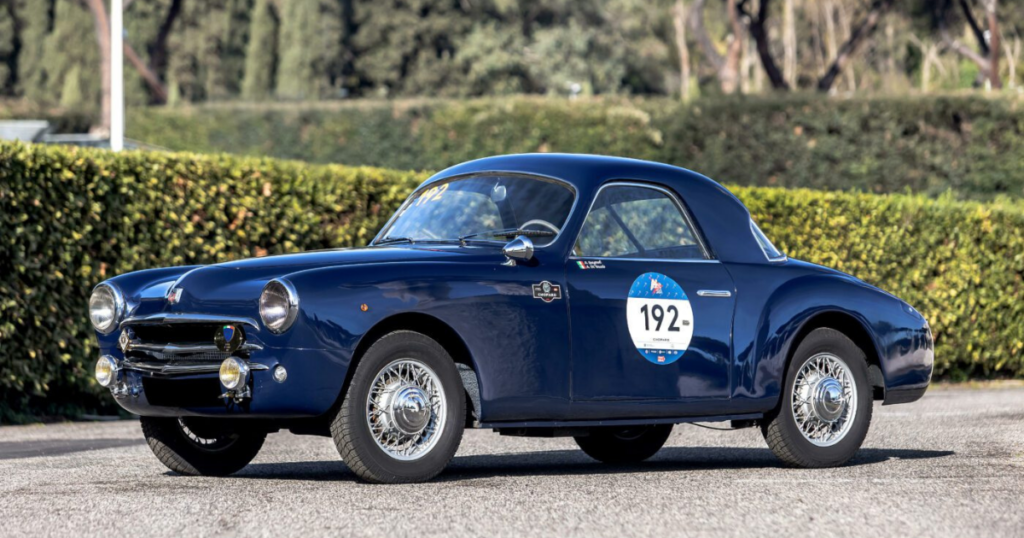
The Simca 9 Sport Coupé, launched in 1952, represented a significant departure from its more pedestrian counterpart, the Simca Aronde, despite sharing some mechanical components. Designed by Pinin Farina and manufactured by Facel-Métallon, renowned for their association with the Facel Vega luxury cars, the Simca 9 Sport Coupé aimed to blend sporty elegance with everyday practicality.
At its core, the Simca 9 Sport Coupé utilized unitary construction, a notable advancement from the separate body-on-frame design of the Simca Aronde. This structural innovation not only contributed to improved rigidity but also reduced weight, enhancing the car’s handling characteristics and overall performance.
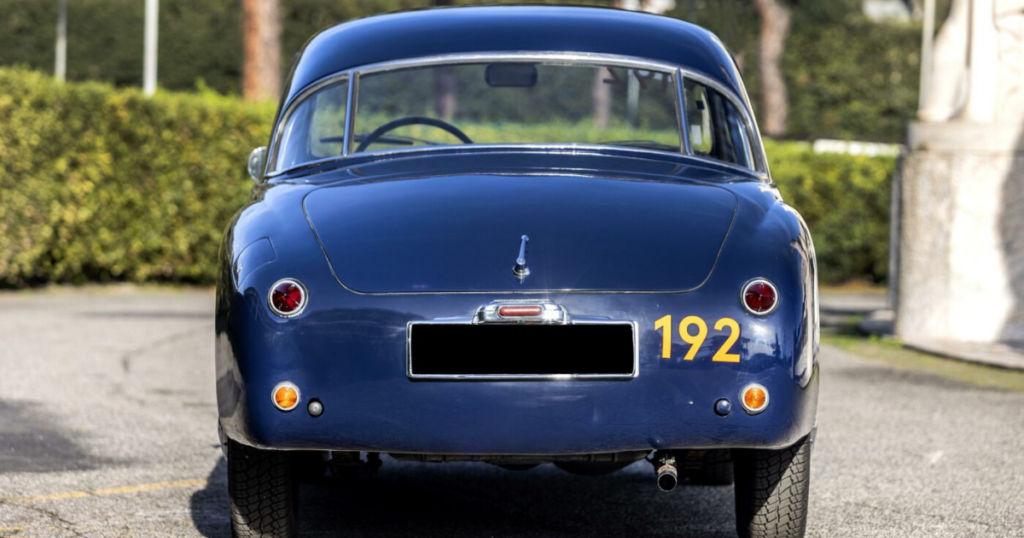
Powering the Simca 9 Sport Coupé was a 1,221cc overhead-valve engine, which initially produced 45 horsepower. This engine was later upgraded to deliver 50 horsepower, providing sufficient power for spirited driving while maintaining efficiency suitable for daily use. The Sport Coupé’s performance was further enhanced by its aerodynamic design and refined chassis tuning, ensuring a balanced driving experience appreciated by enthusiasts and everyday drivers alike.
In 1953, the Simca 9 underwent a significant restyling that introduced entirely new bodywork, distinguishing it further from its predecessor, the Aronde. This restyling effort aimed to modernize the car’s appearance while retaining its classic sporty allure. The revised bodywork featured smoother lines, a more aerodynamic profile, and updated styling cues that aligned with contemporary design trends of the era.

By September 1954, Simca decided to rebrand the car as the Simca Coupé de Ville, marking a shift in marketing strategy towards emphasizing luxury and comfort over outright sportiness. This updated model boasted an enhanced level of equipment and interior refinement, catering to a clientele seeking a blend of style, comfort, and practicality in their automotive choices. While the sporty attributes of the earlier Simca 9 Sport Coupé were somewhat subdued in this new iteration, the Coupé de Ville maintained its reputation for reliability and accessible luxury.
Throughout its production run, the Simca 9 Sport Coupé and later the Simca Coupé de Ville carved out a niche in the market as a stylish and practical alternative to more conventional offerings. The car’s combination of Pinin Farina’s elegant design, Facel-Métallon’s manufacturing expertise, and Simca’s engineering reliability ensured its appeal among discerning buyers seeking a distinctive European car.
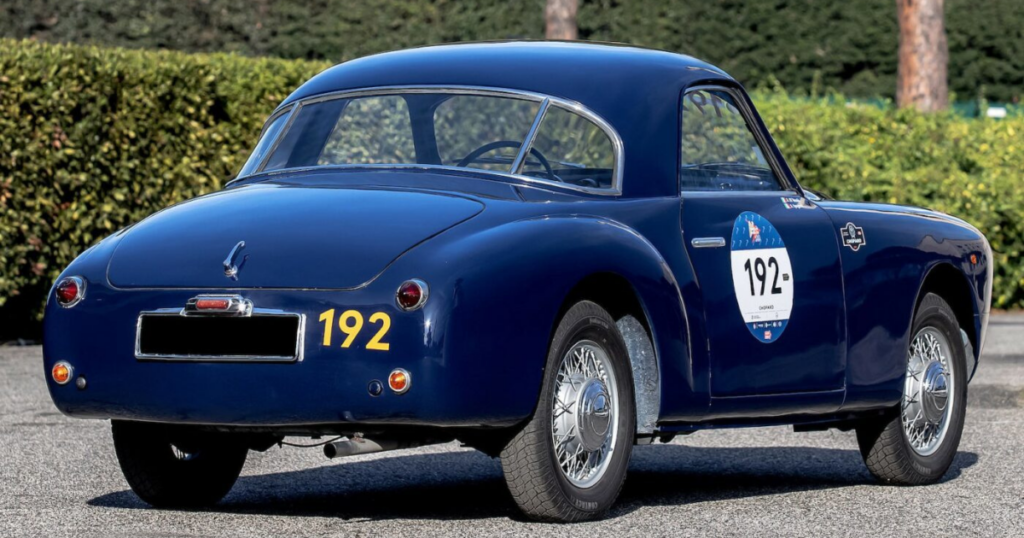
The legacy of the Simca 9 Sport Coupé and its evolution into the Simca Coupé de Ville exemplifies the automotive industry’s dynamic nature during the post-war period. It reflects Simca’s ability to adapt to changing consumer preferences while maintaining its commitment to quality and innovation. Despite the shift in marketing focus from sportiness to luxury, both variants of the Simca 9 left an indelible mark on automotive enthusiasts and collectors, embodying the spirit of European motoring in the 1950s.
In conclusion, the Simca 9 Sport Coupé and its transition to the Simca Coupé de Ville underscore Simca’s contribution to automotive design and innovation during a transformative period in Europe’s automotive history. These cars continue to be celebrated for their distinctive style, engineering excellence, and enduring appeal among classic car enthusiasts worldwide.

